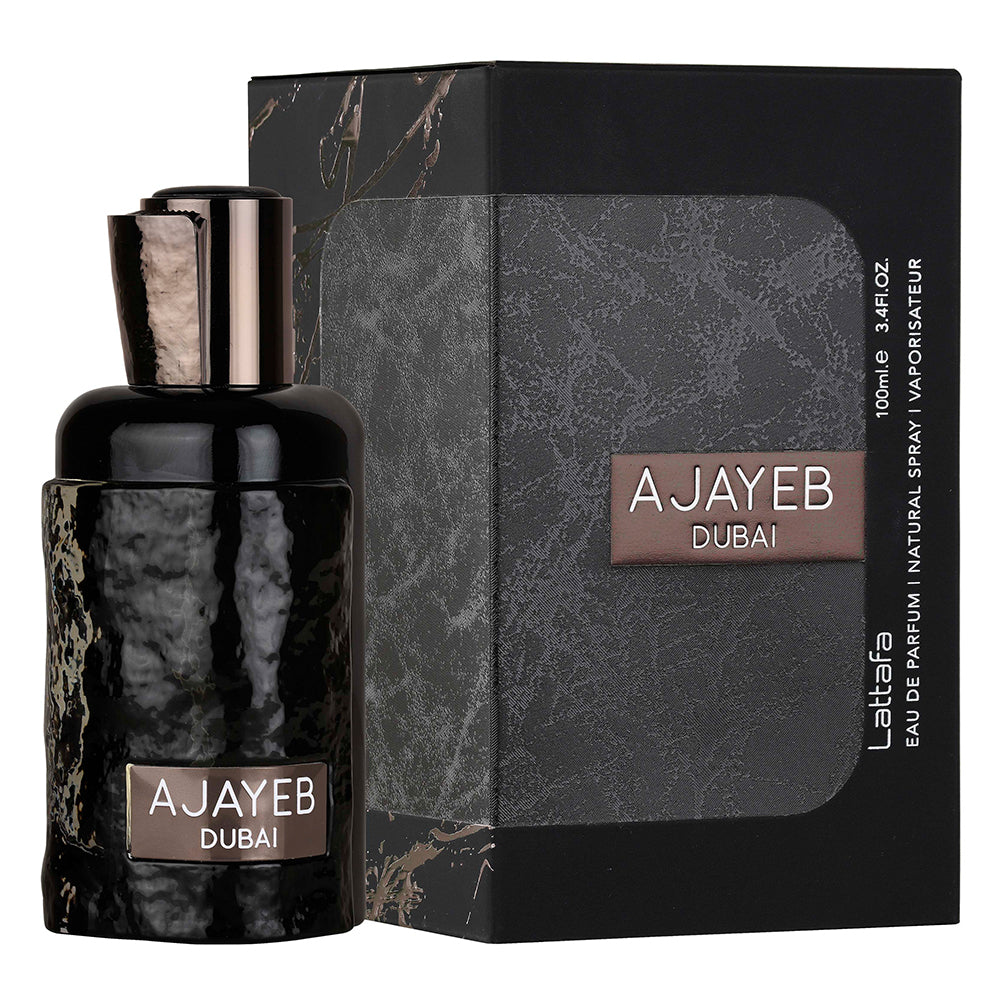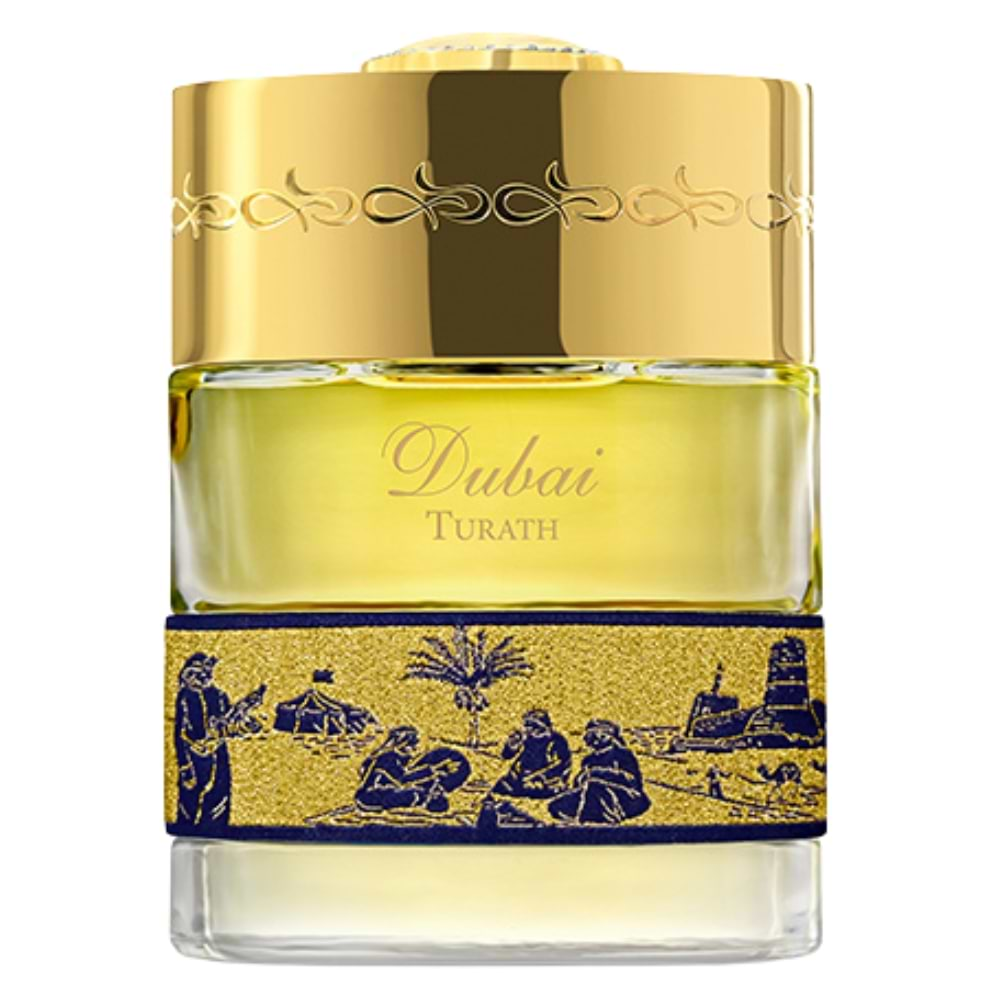Dubai Perfumes: Exquisite Fragrances Influenced by Arabian Practice
Dubai Perfumes: Exquisite Fragrances Influenced by Arabian Practice
Blog Article
Experience the Rich, Exotic Fragrances of Dubai Perfumes
The fragrances of Dubai represent a special confluence of practice and modernity, where the popular significance of oud offers as a foundation for a diverse variety of scents. Each artisanal creation not only astounds the senses yet likewise tells a rich social heritage, attracting from classic methods and indigenous ingredients.
The Essence of Oud
Oud, usually described as "liquid gold," is an aromatic material stemmed from the heartwood of the Aquilaria tree, which is belonging to Southeast Asia and the Center East. This splendid compound forms when the tree undergoes a fungal infection, motivating it to generate a dark, aromatic resin as a defense reaction. The resulting oud is extremely valued for its abundant, complex aroma profile that can range from sweet and woody to smoky and balsamic, making it a cornerstone of Center Eastern perfumery.
Oud has a long-lasting cultural significance, usually utilized in typical ceremonies and as an icon of deluxe and refinement. Its attraction is not just because of its distinct fragrance but also its rarity; top quality oud can command amazing costs in the international market. The removal procedure is labor-intensive, with sustainability worries occurring from overharvesting of Aquilaria trees.
In modern-day perfumery, oud has transcended its standard borders, motivating a new age of fragrances that incorporate its unique notes. Because of this, it has come to be a crucial active ingredient for both particular niche and mainstream fragrance houses, astounding a varied audience worldwide.
Traditional Attars Described
Perfumes crafted between East typically encompass an abundant custom that expands past contemporary synthetic scents. Typical attars, or natural perfumes, are indispensable to this heritage. These focused fragrance oils are originated from herb resources, such as herbs, flavors, and blossoms, commonly with techniques like steam distillation or enfleurage. Unlike standard fragrances that mostly feature synthetic substances, attars celebrate the pureness of nature, offering a depth of fragrance that develops distinctively on the skin.
Attars are generally alcohol-free, making them suitable for different social practices and choices. They are recognized for their durability and richness, often lasting for hours or even days after application (Dubai Perfumes). Usual ingredients consist of sandalwood, climbed, jasmine, and brownish-yellow, each adding distinct notes that balance magnificently in each blend

Artisanal Workmanship in Perfumery
The art of crafting fragrances is a thorough process that calls for not only imagination yet also a deep understanding of scent make-up. In Dubai, this artisanal workmanship makes use of centuries of tradition, where Click Here knowledgeable perfumers, understood as "mukhalliq," blend their experience with a natural feeling of fragrance. Each wikipedia reference fragrance is a special development, showing the artisan's vision and the area's rich social heritage.
Artisans start their job by picking top quality raw materials, often sourced in your area and globally. The cautious option procedure makes certain that each component contributes to the scent's complexity and deepness. Methods gave with generations, such as maceration and purification, are used to draw out the essence of these products, enabling the perfumer to catch their real character.
Moreover, the mixing process is an art in itself. It involves not just the accurate combination of notes but likewise the capability to stabilize strengths and nuances, developing a harmonious fragrance profile - Dubai Perfumes. The final item is a testimony to the craftsmen's skill and devotion, leading to fragrances that are not simply products but evocative experiences that narrate of their origin and craftsmanship
Distinct Components of Dubai Fragrances
Crafted with an outstanding blend of virtuosity and custom, Dubai fragrances are distinguished by their special active ingredients, much of which are deeply rooted in the region's background and society. Central to these fragrances is oud, a resinous wood from the Aquilaria tree, renowned for its rich, complex fragrance. Taken into consideration a luxury, oud is often blended with other parts to produce deepness and refinement.
Another staple is brownish-yellow, valued for its cozy, sweet notes that evoke a feeling of comfort. It's frequently incorporated with spices like saffron and cardamom, adding an exotic flair that reflects the lively markets of Dubai. Floral notes, such as rose and jasmine, also play a significant role, infusing the perfumes with a fresh, delicate essence that balances the heavier base notes.
In addition, natural oils stemmed from fruits and herbs, such as bergamot Look At This and basil, add to the overall profile, enhancing the scents with brilliant and stimulating touches. These components, chosen for their top quality and social significance, guarantee that Dubai fragrances are not simply scents yet represent an abundant tapestry of custom and sensory experience.

Social Significance of Dubai Perfumes
Symbolizing a rich social heritage, Dubai perfumes serve not only as personal adornments yet additionally as icons of identity and practice. In an area where aroma plays a crucial duty in life and social communications, these scents mirror the worths and custom-mades of Emirati society. Commonly, the art of perfumery has been an adored craft, gave through generations, and deeply linked with the region's history.
Perfumes hold significant relevance throughout unique events such as weddings, spiritual celebrations, and social celebrations. The act of gifting scents is an usual method, demonstrating regard and love amongst family members and pals. The distinctive fragrances commonly stimulate memories of heritage, attaching individuals to their origins and common roots.
Furthermore, Dubai's perfumes are characteristic of the fusion between ancient practices and modernity. As the city comes to be a worldwide hub for commerce and tourism, the scent market has evolved, blending conventional active ingredients with contemporary strategies. Therefore, Dubai perfumes not just represent the significance of the area's cultural identification yet also encapsulate its dynamic spirit, making them a source of satisfaction for locals and an interest for site visitors.
Conclusion
In final thought, Dubai fragrances envelop an abundant tapestry of social heritage and artisanal craftsmanship. The harmonious mix of oud, floral, and zesty notes produces a distinct olfactory experience that transcends simple scent, signifying identity and custom.
The perfumes of Dubai stand for an one-of-a-kind confluence of tradition and modernity, where the renowned significance of oud serves as a foundation for a varied variety of fragrances.Perfumes crafted in the Middle East typically include an abundant custom that prolongs beyond contemporary artificial scents. These fragrances are typically stored in luxuriant containers, mirroring the cultural importance and aesthetic value of the fragrance itself.The art of crafting fragrances is a thorough process that requires not only creative thinking but also a deep understanding of fragrance make-up.Symbolizing an abundant cultural heritage, Dubai perfumes offer not only as individual accessories but also as icons of identification and practice.
Report this page